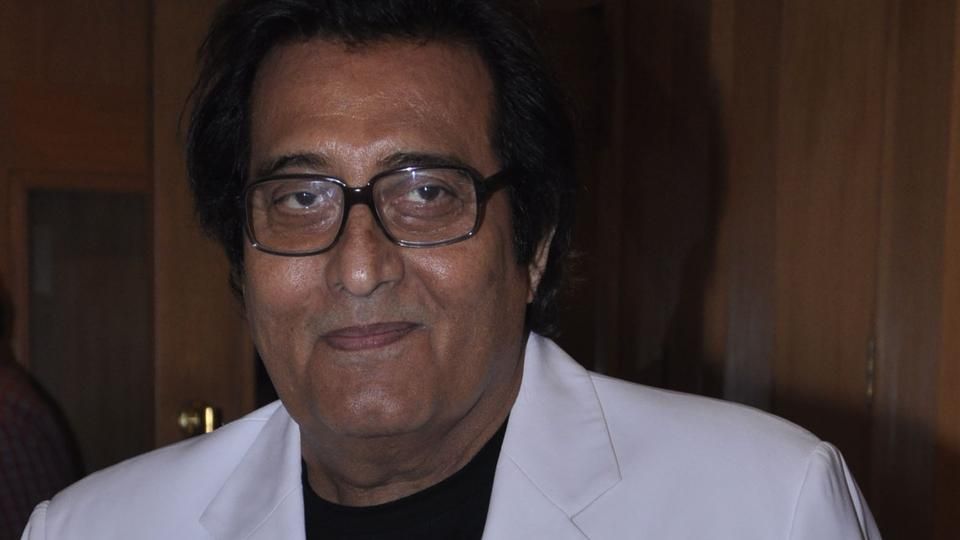When actor Vinod Khanna gave up films, glamour at the peak of his career to join...

The year was 1980. Actor Vinod Khanna was riding high on the success of his films The Burning Train and Qurbani. While Khanna’s fans expected him to increase the momentum, the actor had something else on his mind – all of a sudden, he stopped all his projects and started to return producers’ money.
Amid confusion and rumours, Khanna addressed a press conference with his first wife Geetanjali to announce his plan to go to the United States to be with his “guru” Rajnish, popularly known as Osho, Indian mystic and spiritual leader who practised meditation.
The actor met Osho in the 1970s, when the latter was in Mumbai. That was a time, when many from the film fraternity followed Osho.
When Osho established his ashram in Pune, the actor started frequenting it. “He used to finish his shooting assignments from Monday to Friday and come to the ashram every Saturday,” said Sadhana Amrit, spokesperson of Osho commune.
Influenced by Osho, Khanna soon started to wear an orange robe, normally worn by the spiritual guru’s disciples. There are stories of how he would insist that directors let him wear the orange attire even on sets.
When Rajnish went to Oregon in the US in 1980, he invited Khanna there, said Sadhana. Without thinking twice, Khanna went to Osho’s Oregon ashram, where he turned took up the responsibility of gardening.
After returning from the US in mid-1980s, Khanna’s career witnessed a decline. His association with Osho and the Pune ashram, too, ended over some differences.
A few years later, Khanna reconnected with Osho, their association lasting till Osho’s death in 1990.
Khanna’s contemporaries had it not been for the Osho stint, Khanna could have become the next Amitabh Bachchan.
Seven years later, Khanna joined the Bharatiya Janata Party (BJP) and contested the Lok Sabha election from Gurudaspur in Punjab.
Three years later, he was made the chairman of the Film and Television Institute of India (FTII) in Pune.





